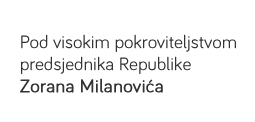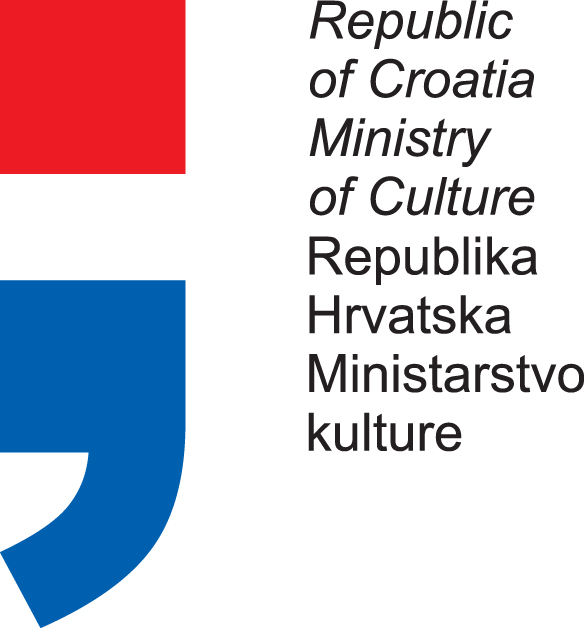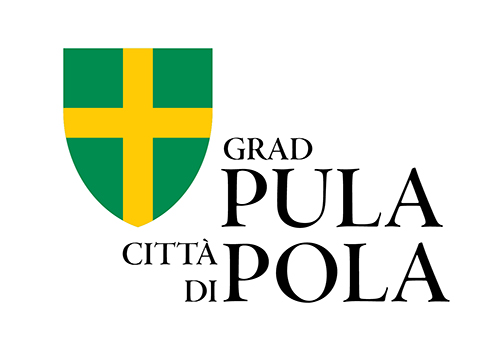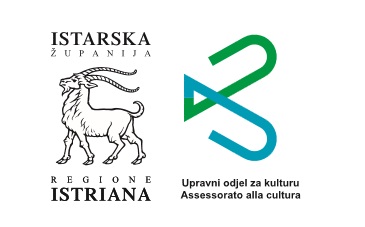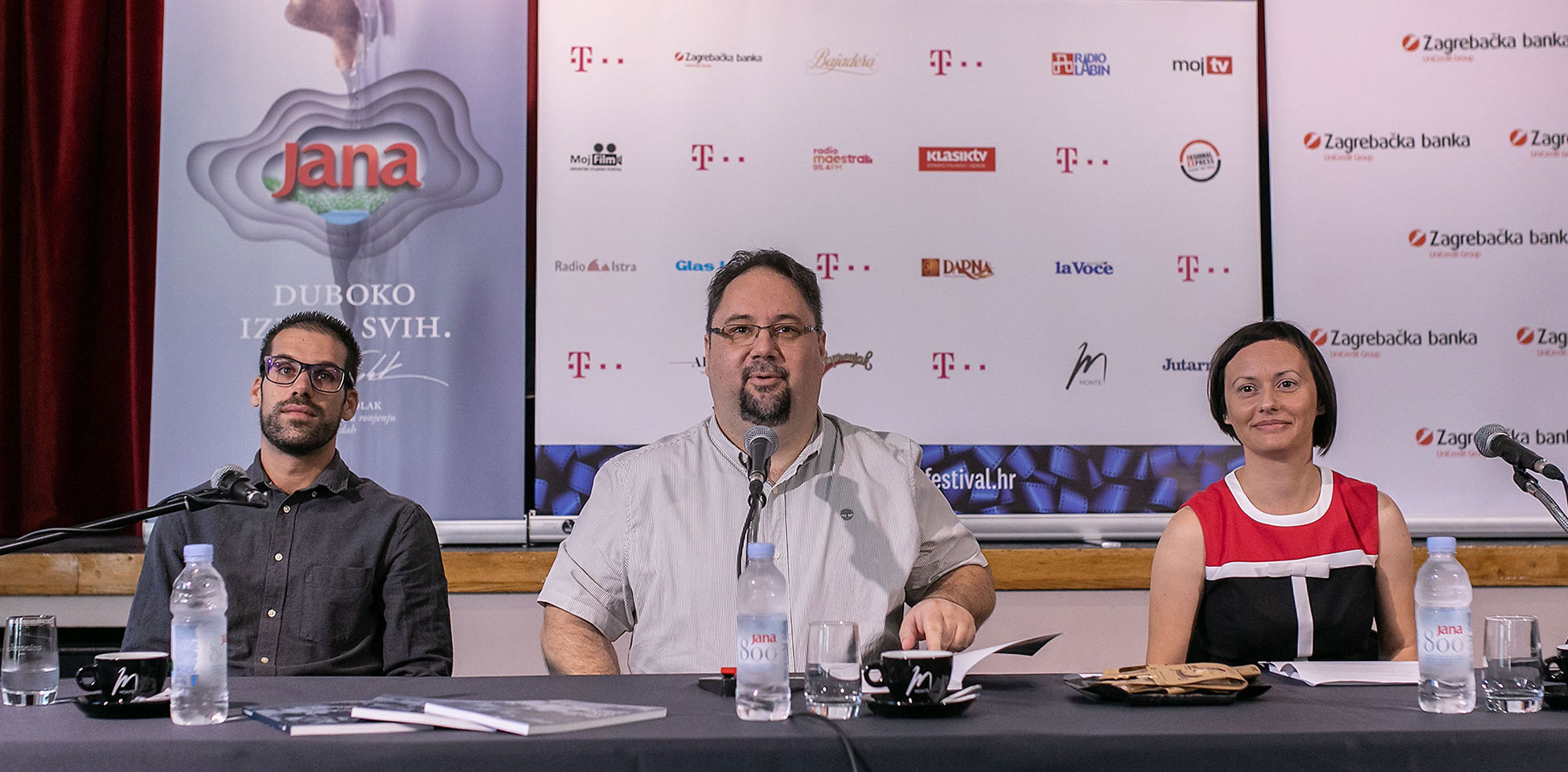
The fourth edition of Time Machine was presented in Pula today. This edition is titled Cinematographic Practices and Everyday Life in Pula 1919-1943
Film historian Daniel Rafaelić spoke to the authors, Sanela Pliško and David Orlović. In his introductory note, he said that Time Machine 4 is a continuation of the research of the book Cinematographic Practices in Pula from 1896 to 1918 by Dejan Kosanović, published in 1988. “Time Machine 4 opens the door to the unexplored areas of Croatian and international cinema with an interdisciplinary approach and interinstitutional cooperation”, Rafaelić said.
Orlović has given the book an important context and historical background of cinematographic practices in Pula, and is pioneering work, Rafaelić said.
“The focus is on the position of the working class”, said Orlović and added that the book focuses on the period of city life that reveals free time, and that in the thirty years we can see hints of consumer society. “It was at that period that people went to the cinema, stores were opening, commercials were made, and people went to the seaside”, said Orlović.
Pliško provided a description of the Pula cinemas in the thirty-year period. “Kosanović’s research provides data on mobile cinemas, which preceded permanent cinemas. Permanent cinemas were established in the early 20th century, but changed their names a lot up until 1943. The cinemas saw quite a lot of audiences, even though they were in the city centre, with opening hours from 2 to 9 p.m., with screenings on the hour”. Pliško said that it was in 1938 that the Arena became a venue for watching films, and the event was announced as a great cinema spectacle in the newspapers of the time.
Orlović added that the inner part of the Arena, which had previously only had its outer part, was made at that time: it was adapted for opera performances in the summer, so stands were made to seat the audience. He says it was an attempt by the authorities to revive city life in Pula.
The book also speaks about the Italian film Alfa Tau!, a feature filmed almost entirely in Pula in 1942. There was filming in Pula even before then, for example in 1937, for Uomo in mare, a documentary film that has gained a lot of success. It was selected as one of five best films at the Como International Festival, where it attracted more than 3000 spectators.
Rafaelić concluded that Kosanović, Orlović, and Pliško have rounded off a rich and important part of cinema in Pula with the edition Time Machine.

